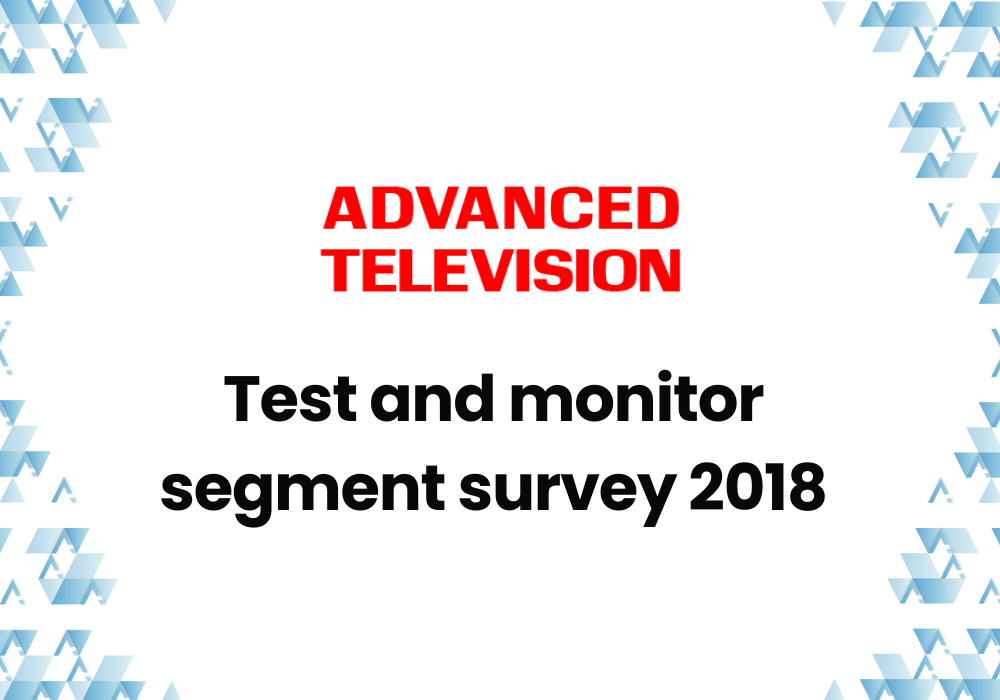Advanced Television asked us a few questions about how we help our customers maintain market share and protect revenue.
How do you maintain QoE as networks transition video distribution from DVB to IP?
We are seeing a market development where multiple delivery technologies are used for different aspects of the service and where technology development is always ongoing – low latency streaming for ABR services, for instance. By creating technical transparency and using data-driven ways of working based on objective customer experience and service performance metrics, operators can maintain the right QoE to exceed customer expectations.
What elements of TM are suited to operating in the Cloud?
Cloud is a key infrastructure component for many operators. As parts or whole of service creation and delivery move to cloud, monitoring and assurance must follow. As video solutions often consist of a mix of on-premise and cloud, it is important that the monitoring solution has the flexibility to be deployed the same way.
What role does AI play in T&M? Will we see self-diagnosing and self-healing kit?
To gain the insights and achieve the automation needed to create and deliver compelling services, huge amounts of data will need to be processed. AI will play a key role in managing this challenge.
Looking ahead, AI will be used to support many processes, including self-diagnosis.
Can T&M continue to meet the challenge of ensuring QoE across a range of networks and devices, and extend such expertise to IoT?
We believe that working proactively to understand the service performance for each and every customer in real-time is the best way to meet the QoE challenge today and in the future. IoT services can benefit from a customer experience centric viewpoint.
Must there be a compromise between assuring QoE of an operator’s own service and any number of OTT platforms using that network? How can such differentiations be made?
Assurance between an operator’s own services and third-party services will, by necessity, be different. For their own services, an operator can get complete transparency from creation to consumption and every step in between, and they can use that to their advantage to ensure the best possible experience.
For third-party apps, the CSP typically does not have direct insight in, for instance, what services have been consumed. However, such information could be shared to benefit both the CSP and third-party operator in creating compelling services.
Will the advent of 5G give rise to additional challenges?
With 5G, it will be possible to offer high bitrates through the mobile network. This bandwidth expansion will almost certainly drive business and product innovation on the video side. Monitoring and assurance with an understanding of the networks used will help operators to understand where issues occur, shorten time to fix and validate new technology solutions.
